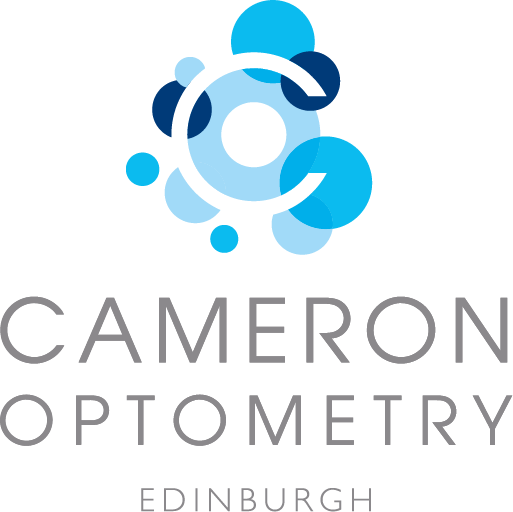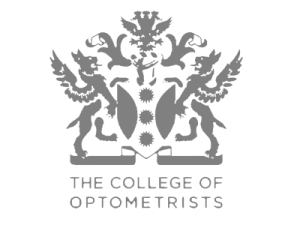We have a wealth of experience in fitting contact lenses for a wide range of eye conditions, including the following:
IRREGULAR SHAPED EYES
Corneal ectasia
This covers a number of degenerative conditions in which the cornea protrudes more than normal in a number of different patterns. These include keratoconus, keratglobus, and pellucid marginal degeneration. All these make the corneal surface an irregular shape which effects the vision. Specialist contact lenses are the preferred management option and are highly effective in most cases.
Irregular corneas
There are a number of non-degenerative causes of corneal irregularity such as post ocular surgery or corneal scarring. There are a range of causes of scarring such as injuries to the eye and corneal infections (keratitis). The resultant shape of the eye in these cases are unique, unlike the ectasias which result in specific patterns of distortion.
Post-graft
Some of the above conditions require a corneal graft which requires a contact lenses to correct the residual distortion in about 50% of cases.
COMPLEX PRESCRIPTIONS
High prescriptions
In general, people with higher prescriptions (both long and short-sighted) see better in contact lenses than glasses. Optically higher-powered spectacle lenses produce more irritating aberrations (distortions). Contact lenses sit on the eye eliminating many of problems associated with a gap between the corrective spectacle lens and the eye. The same is true regarding high astigmatism.
Anisometropia
Anisometropia is where the eyes have markedly different prescriptions, resulting in different image sizes being presented to the brain. The brain is quite sensitive to this and can only tolerate fractional differences in image size. Some people have healthy eyes but just happen to have different prescriptions in each eye others end up like this after surgery. As contact lenses sit on the eye, the differences in image size are eliminated such that you could be -50 in one eye and +50 in the other eye but provided you wear contact lenses in both eyes, you are unaffected. Contact lenses for children with anisometropia are commonly used to avoid them developing lazy eyes.
Aphakia
When the natural lens of the eye is no longer in place due to trauma, complex eye surgery, congenital anomalies or failed cataract surgery, a person is left with a high long-sighted prescription. If this is in just one eye then the individual will also have significant anisometropia. Babies born with cataracts are left aphakic as the eye is not mature enough to support the implant they would normally put in when the lens is removed. They wear contact lenses until they can get the implants (at least age two but the older the better).
Nystagmus
Nystagmus is a condition where the eye involuntarily pulses side-to-side reducing vision. There is some evidence that wearing gas permeable lenses reduces the movement (perhaps as the eye feels the movement of the lens and tries to reduce the movement of the eyes a bit). This is a feature of other conditions like albinism where individuals might have other issues (high astigmatism, glare).
DIPLOPIA
In some cases double vision cannot be corrected and people are left with two images. An individual could wear an eye patch or in extreme cases have an eyelid shut but that is not usually preferred for cosmetic reasons. We can make contact lenses to occlude or blur the vision of one of the eyes so the patient can only see one image. Conditions that affect the muscles that move the eye or damage the nerves that control these muscles cause intractable double vision such as thyroid eye disease, trauma and facial surgery.
GLARE
Some of shape-related conditions cause significant glare as the light entering the eye scatters and causes discomfort or reduced vision. More commonly conditions that result in a dilated pupil let too much light into one eye, which is uncomfortable and can reduce vision. In cases of Aniridia, when people are born without one or both irises they have very large pupils. We use contact lenses that give an artificially smaller pupil to limit the light entering the eye, reducing the glare, resulting in normal vision.
Other patients with certain conditions such as albinism or cone dystrophy are naturally sensitive to light even with normally sized pupils. For these conditions we use contact lenses, often ones tinted like sunglasses, to limit the light entering the eye, thus effectively reducing glare.
THERAPEUTIC
Erosion
Soft contact lenses can be used like a plaster or dressing for the front of the eye to cover a wound and promote healing. Some people have a recurrent ‘scab’ on the eye that keeps coming off causing pain. The contact lens can allow it to heal. Some of the dystrophies mentioned above can cause erosion as well as shape problems. There are other reasons you can end up with erosion such as advanced dry eye or ocular surface disease.
Ocular Surface Disease (OSD)
OSD can be so severe that we would fit a large scleral lens that is filled with saline to provide a tear reservoir on the front of the eye. The tear film is crucial for maintaining the health and integrity of the front of the eye. Various conditions that affect the eyelids, their movement, or the tear secreting glands can affect the tears and cause OSD.
Large contact lenses can also be used to support droopy eyelids (ptosis prop).
Contact lenses can also protect the cornea from conditions causing the eyelashes to turn inward can scratch and scar the cornea.
COSMESIS
White pupil (leukocoria)
Some conditions that affect only the inside of the eye, cause a white pupil which can make the eye look unusual. The rest of the eye looks normal and we can fit a lens with a black pupil to improve appearance.
Conditions like advanced uveitis, failed eye surgery, intractable retinal detachment all cause leukocoria. It can also be a sign of serious eye disease so it always needs checked out thoroughly.
White eye
If an eye goes totally blind it often begins to scar on the outside. This scarring turns the cornea opaque white. We fit a cosmetic lens with a painted iris and pupil to match the good eye. Usually trauma or intractable eye diseases lead to this appearance.
Misaligned eyes
If eyes end up pointing in the wrong direction surgery can sometimes be performed on the muscles of the eyes to straighten the eyes up. This is not always appropriate and does not always work. We can fit very large cosmetic lens which cover the whole of the visible aperture of the eye and then put a painted image in the middle that matches the other eye and effectively corrects the squint.
Phithisical eye (shrunken eye)
As with white eyes, when an eye is blind it often starts to shrivel and shrink over time. This causes the eyelids to close and the eyes to look asymetrical. We would fit a prosthetic shell to bulk out the eye. If an eye has been removed it is also possible to create a shell for the eye to improve its appearance.













